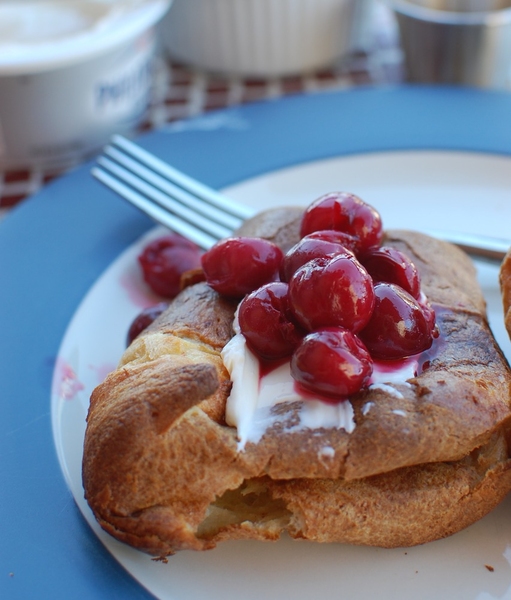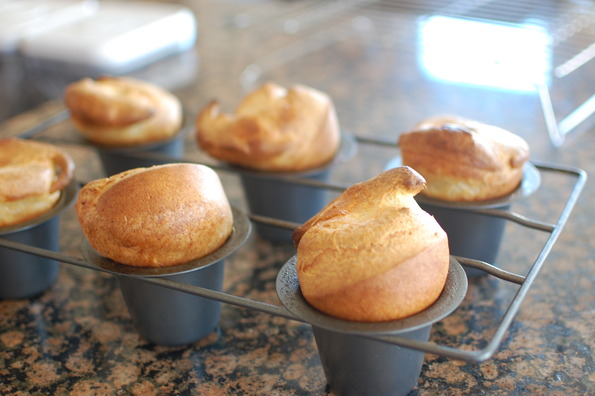When I was little (ok, still) I used to love Chips Ahoy! cookies. The problem lay in our glassware — my family had the tall Collins glasses that didn’t quite fit the circumference of a store-bought chocolate chip cookie. Homemade cookies? Forget it. The solution, of course, was to bite off a piece from the side and then dunk the remaining portion into the cold milk. I always felt cheated though — somehow, that first not-mushy bite felt like it defeat the purpose of a cookie; almost like alternating delicious dunks with boring broccoli.
This post of course has nothing to do with milk, Collins glasses, or Chips Ahoy. It is instead a celebration of biscotti, the perfect cookie to eat for breakfast, alongside a nice mug of tea or coffee. It’s a cookie that knows what it’s audience wants — dunkability. The long shape ensures ample area to hold onto while you dunk it multiple times to ensure that sweet spot between crispy wetness and soggy mush.
Biscotti in Italian means “twice cooked”, and it is this double cooking process that gives the cookie logs their satisfying crunch. I prefer mine made pretty traditionally — anise seed and almonds. Not that I don’t like chocolate, but a bicotto should have nothing between the cookie and the liquid it’s dunked into. I also find chocolate to be a little sweet for breakfast, but maybe that’s just me.
There’s a great recipe on Epicurious that I followed here which turned out amazing. Be sure to bake them until they’re nice and golden brown — you want to cook out all of the moisture, otherwise they’ll be hard and not crisp. Use a very sharp serrated knife for the cut, and cut them while they’re warm, otherwise you risk crumbling.
Bring them to work, and they’ll be the hit of the office…or enjoy them all yourself.
Link:
Epicurious: Almond Anise Biscotti


